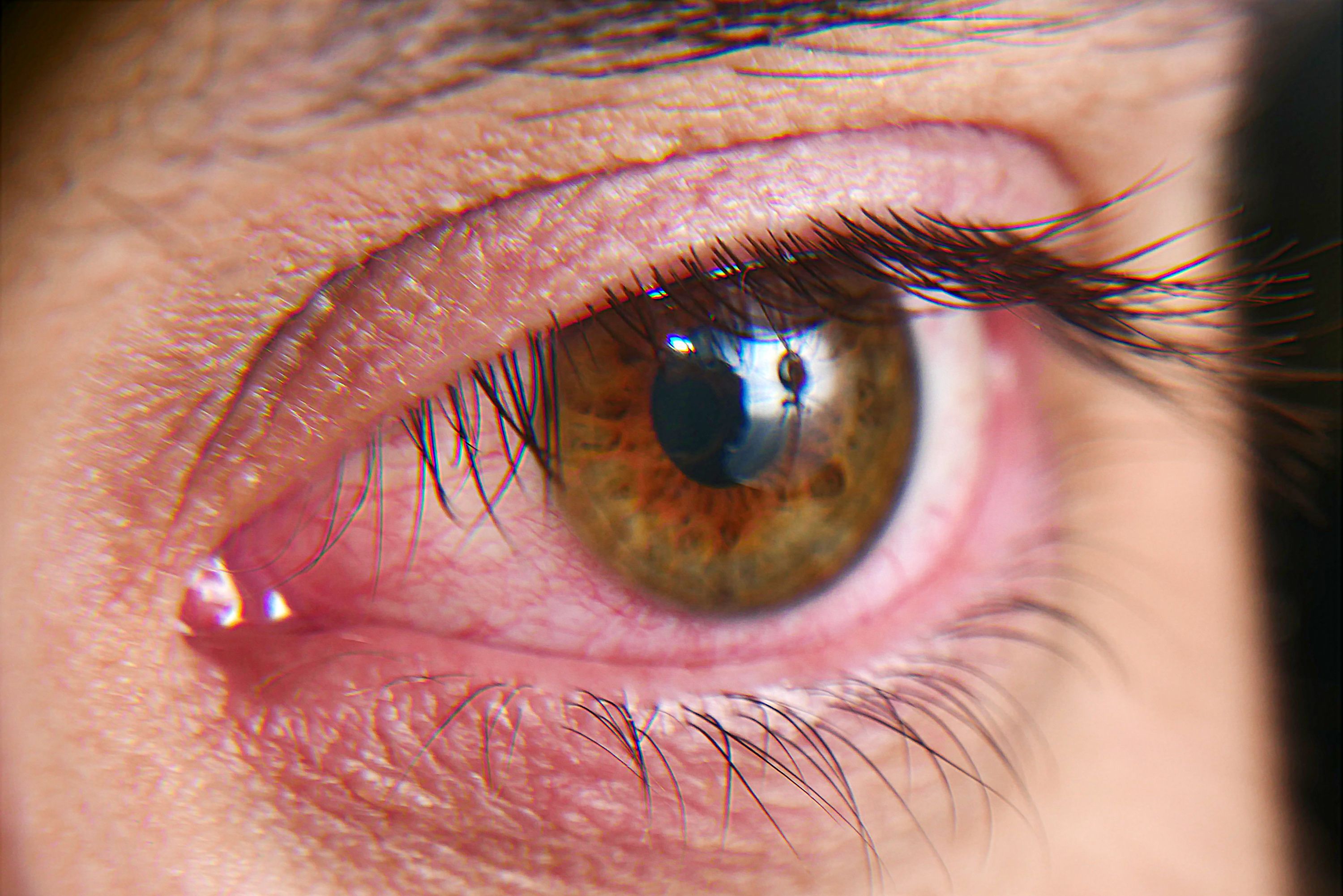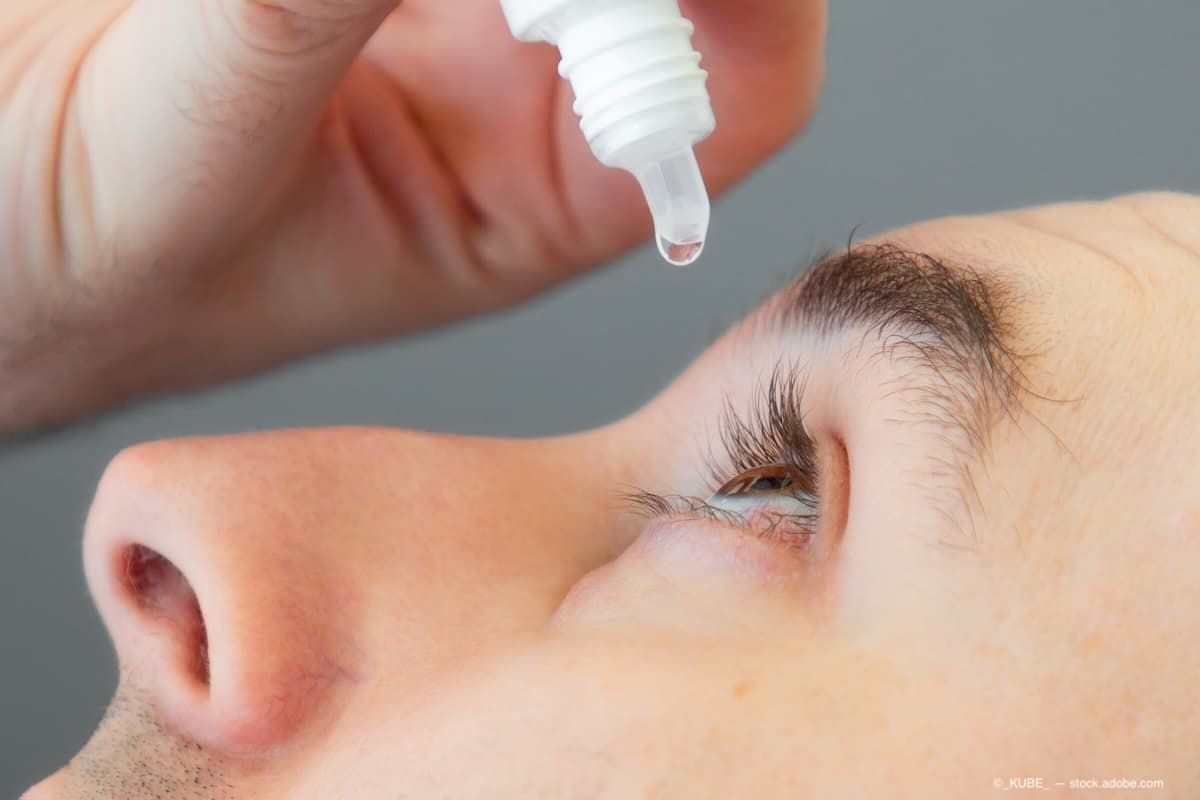Article
Clinical trial for treatment of dry eye disease clears Phase 2 hurdle
Author(s):
Aldeyra Therapeutics announced today that it has achieved the primary endpoint of ocular redness in its randomly assigned, double-masked, vehicle-controlled Phase 2 clinical trial in dry eye disease.

Aldeyra Therapeutics today announced that it has achieved the primary endpoint of ocular redness in a randomized, double-masked, vehicle-controlled Phase 2 clinical trial in patients with dry eye disease.
According to the company, its clinical trial enrolled 158 patients: 80 patients were randomly assigned to receive 0.25% reproxalap ophthalmic solution, and 78 patients were randomly assigned to receive vehicle ophthalmic solution. Patients received four doses one day prior to and two doses during exposure to a 90-minute dry eye chamber with minimal humidity, high airflow, and forced visual tasking.
In a news release, the company noted that based on final enrollment and data from the run-in cohort of TRANQUILITY, its ongoing Phase 3 trial in dry eye disease, the Phase 2 trial exceeded 90% power to detect statistical significance in the primary endpoint of ocular redness over all time points in aggregate in the dry eye chamber. Ocular redness scores in the reproxalap group were observed to be statistically lower than those of vehicle (p = 0.016).
Moreover, Schirmer’s test scores assessed after the first dose were directionally in favor of reproxalap over vehicle and approached statistical significance (p = 0.068). Mean visual analog scale ocular dryness and ocular discomfort scores were lower in reproxalap-treated subjects than in vehicle-treated subjects at all of the 18 time points when symptoms were assessed in the dry eye chamber, including the first time point in the chamber, although differences did not reach statistical significance.
Tear RASP level results from the trial are expected to be available later this quarter. Consistent with the clinical experience of reproxalap in more than 1300 patients, there were no observed safety or tolerability concerns in the trial; the most common adverse event was mild and transient instillation site discomfort lasting less than one minute and similar to many prescribed topical ophthalmic medications for anterior segment inflammation.
“Complementing our rapid and durable symptom control evidenced in three 12-week clinical trials, we are excited to announce achievement of statistical significance of an objective sign of dry eye disease in a well-controlled clinical trial,” Todd C. Brady, MD, PhD, president and CEO of Aldeyra, said in a statement. “Ocular redness may be the only dry eye disease sign that is of importance to patients, and the reduction in redness observed in this trial following reproxalap treatment potentially represents a major advance for the chronic treatment of dry eye disease.”
According to the company, 2 Phase 3 clinical trials of reproxalap in patients with dry eye disease, TRANQUILITY and TRANQUILITY-2, are ongoing. For each trial, the planned enrollment is 300 patients, and the primary endpoint is ocular redness. Pending confirmation of statistical powering and other analyses of the Phase 2 clinical trial results announced today, results from the TRANQUILITY trials are expected to be released by the end of the year.
Newsletter
Don’t miss out—get Ophthalmology Times updates on the latest clinical advancements and expert interviews, straight to your inbox.




